Top 10 Battery Management System Projects In Simulink
Hello guys, welcome back to my blog. In this article, I will discuss the top 10 battery management system projects in Simulink, and BMS projects in MATLAB Simulink, and I will also share links where you can purchase slx files.
If you have any doubts related to electrical, electronics, and computer science, then ask questions. You can also catch me on Instagram – CS Electrical & Electronics.
Also, read:
- Top 150 Simulink Projects For Electrical Engineers, MTech Students 2022
- What Is BMS, Battery Management System, Working, Components
- Top Applications Of Lithium-Ion Batteries / Cells In The Real World
Battery Management System Projects
BMS or Battery Management System plays a very important role in electric vehicles. To monitor and maintain the battery pack for proper usage, a BMS is needed. The main functions of BMS are
- Cell balancing: equalizing the Soc and voltage of each cell
- Protecting the battery pack from overcurrent, overvoltage, & under-voltage condition
- Monitoring the temperature, & isolating the BMS if the temperature exceeds
- Monitoring current, voltage, SoC (state of charge), SoH (state of health)
- Efficient charging & discharging
In BMS, you can select any topic as a project like cell balancing topologies, SoC estimation, converters, electric dynamics, etc. Well guys, now I will share some top 10 best battery management system projects.
10. Passive Cell Balancing Using 6 Lithium-Ion Cells
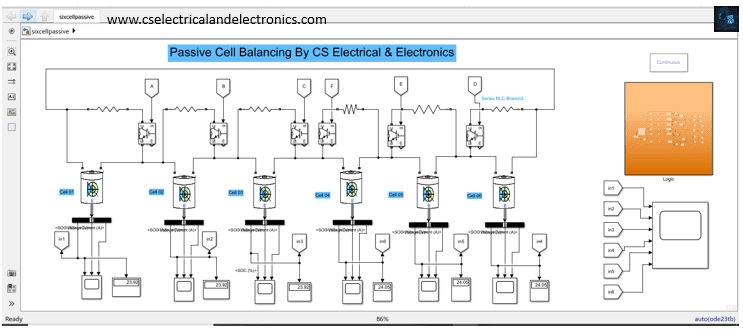
To preserve battery performance over a prolonged service life in a large-format battery system, it is normally required to achieve a charge balancing approach to account for differences in cell performance. An efficient cell balancing system preserves the desired level of battery production throughout the life of the battery with a proper safety margin, without adding unnecessary cost, weight, or complexity.
Balancing is the process of equalizing the level of charge in lithium-ion cells on a cell-by-cell basis. There are two ways to do cell balancing such as active cell balancing and passive cell balancing.
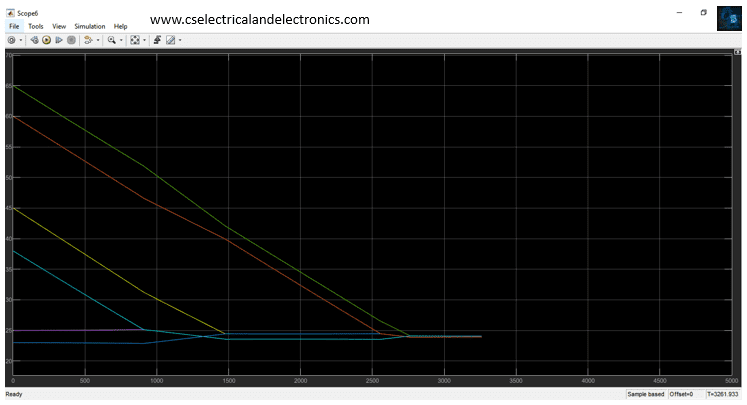
In a passive cell balancing, the voltage across each cell is made equal by wasting the energy through a resistor. Suppose, consider there are two cells having the terminal voltage of cell one 4 volts and the terminal voltage of the second cell 5v. The 1v of the 2nd cell is dropped through the resistor to make the voltages of each cell equal. Or else if the state of charge of cell 01 is 30% and the state of charge of cell 02 is 60%, then 30% of the state of charge in cell 02 is dissipated through a resistor, to make the cell’s state of charge equal.
Click Here To Purchase: Passive Cell Balancing Using 6 Lithium-Ion Cells
09. Battery Mathematical Modelling In MATLAB Simulink
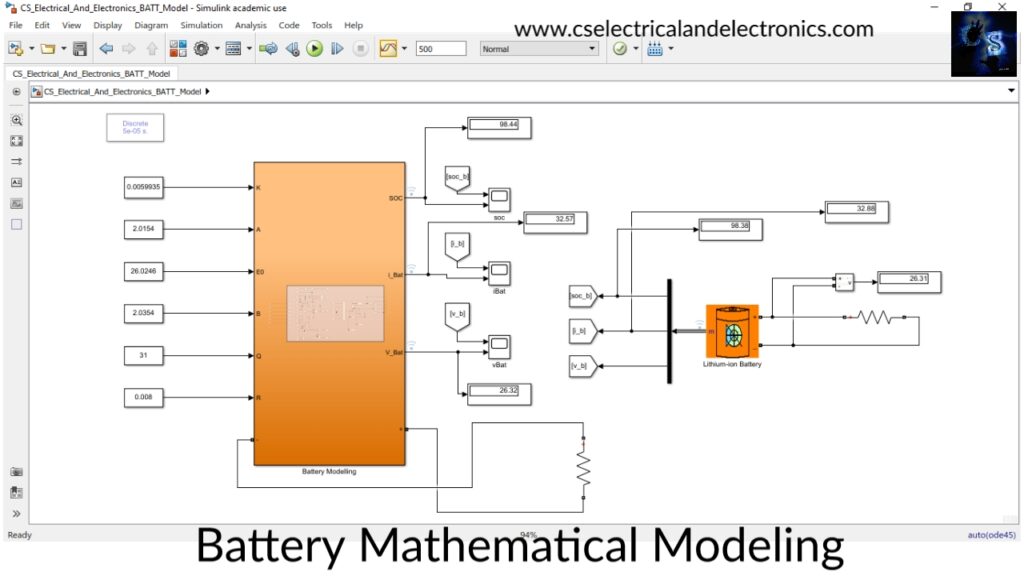
The requirement of a battery dynamic model
- For evaluating the suitability of battery in any application.
- To analyze performance under various operating conditions.
The battery dynamic model forms an integral part of analyzing and prototyping EVs for the efficient design of battery management systems.
Click Here To Purchase: Battery Mathematical Modelling In MATLAB Simulink
08. Active Cell Balancing To Balance Two (02) Cells MATLAB Simulink File
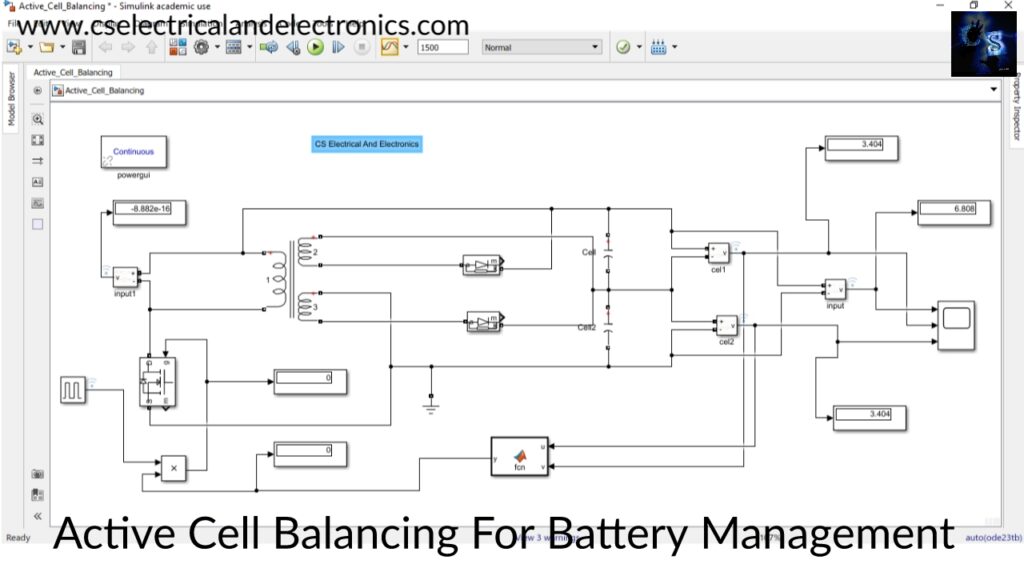
This is active cell balancing using a flyback transformer, it consists of 2 capacitors that will act as cells, 2 diodes, and one fly-back transformer. Here the energy in one cell can be transferred to another cell.
Active cell balancing means making the state of charge of each cell equal without dissipating energy through a resistor. Here the energy is transferred from one cell to another cell, from cell to battery pack, or from battery pack to cell.
The circuit working is simple, initially, the voltage of capacitor 01 is 3, and the voltage of capacitor 02 is 3.3, to make both capacitor voltages the same we are using active cell balancing. The voltage across the two capacitors is 6.3 which is fed to the linear transformer as input. The secondary side has two windings, both carrying equal voltage. When the anode voltage is greater than the cathode then the diode conducts and charges the capacitor. When the anode voltage is less than the cathode then the diode does not conduct and the capacitor only discharges.
The Matlab function will compare the voltage of each capacitor. When the voltage across each capacitor becomes equal the Mosfet turns off and hence circuit will become open.

Click Here To Purchase:
Active Cell Balancing In Lithium-Ion Battery For Battery Management
Active Cell Balancing To Balance Five (05) Cells MATLAB Simulink File
07. Inductor Based Active Cell Balancing For Electric Vehicle
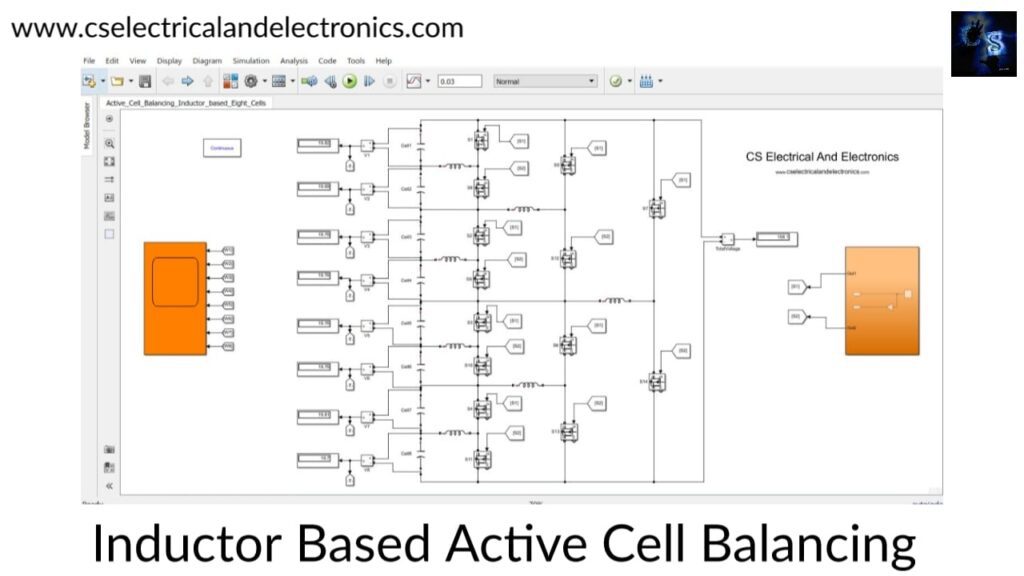
This model presents the concept of an active cell balancing mechanism for Lithium-Ion (Li-ion) batteries for Electrical Vehicles (EV) based on the inductor balancing method.
It equalizes eight cells in a series. Voltage differences always exist between cells, therefore a battery management system (BMS) is required to ensure that all cells are equally charged or discharged and it increases the life cycle of the battery.
An equalizing method is essential to achieve the best performance. A number of cell-balancing methods have been presented. Among them, inductor-based balancing is faster compared to other methods such as Switched-Capacitor Converter (SCC).
The problem of the conventional inductor-based balancing method occurs when the energy transfers from the first cell to the last one and causes long time equalization because the energy transfer is cell by cell.

Click Here To Purchase: Inductor-Based Active Cell Balancing For Electric Vehicle
06. Capacitor Based Active Cell Balancing Of Four(4) Lithium-Ion Cells
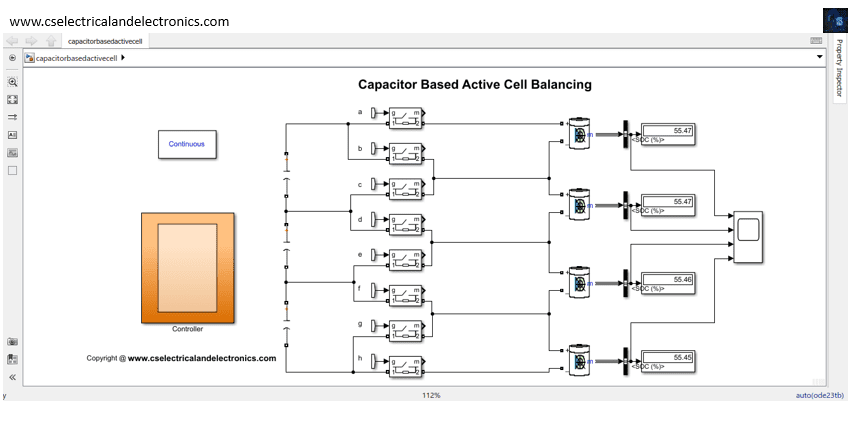
The active cell balancing methods remove the charges from higher energy cell(s) and deliver them to lower energy cell(s). It has different topologies according to the active element used for storing the energy such as a capacitor and/or inductive component as well as the energy converters. Not a lot of cell balancing research illustrates the switched capacitor cell balancing topologies such that it may be due to the switched capacitor methods having a long equalization time, but on the contrary, they have a simple control strategy and high efficiency.
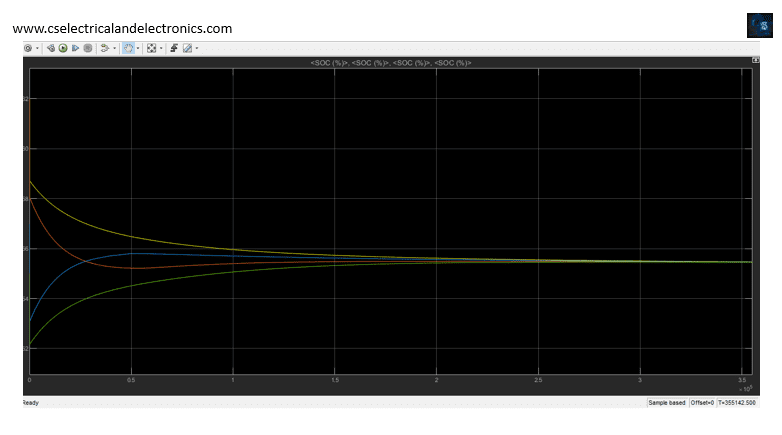
Click Here To Purchase: Capacitor-Based Active Cell Balancing Of Four(4) Lithium-Ion Cells
05. Battery Management For Electric Vehicle MATLAB Simulink File
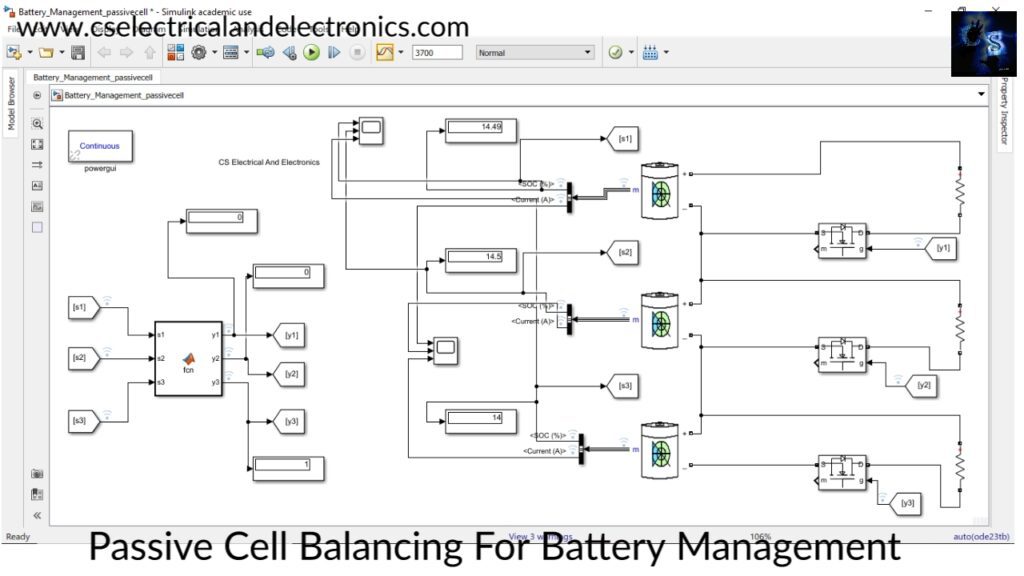
Battery management for electric vehicles, in this model, I am using the passive cell balancing technic to equalize the state of charge and voltage of each cell equal. We tested the passive cell balancing technic for different states of charge and we got accurate output.
You will also find the source and load. In this model, you can control the source and load of the battery pack. For more information, download the file and analyze the model.
Click Here To Purchase: Battery Management For Electric Vehicle MATLAB Simulink File
04. Ebike Dynamics, SoC Estimation, Regenerative Braking, Drive Cycle
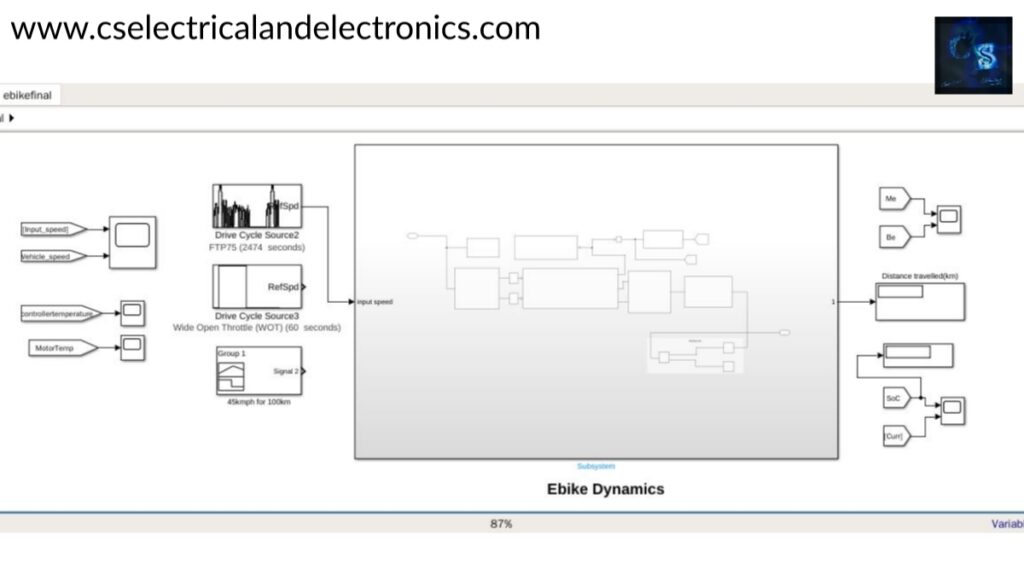
Electric bikes (e-bikes) are two-wheeled vehicles powered by electric motors and batteries. Some styles resemble bicycles, while others are larger and have the appearance of gasoline scooters; all possess nearly identical underlying technology. The e-bikes typically have top operating speeds of around 30 km/h and weights ranging from 30 to 80 kg. Because of their lightweight and efficient drive train.
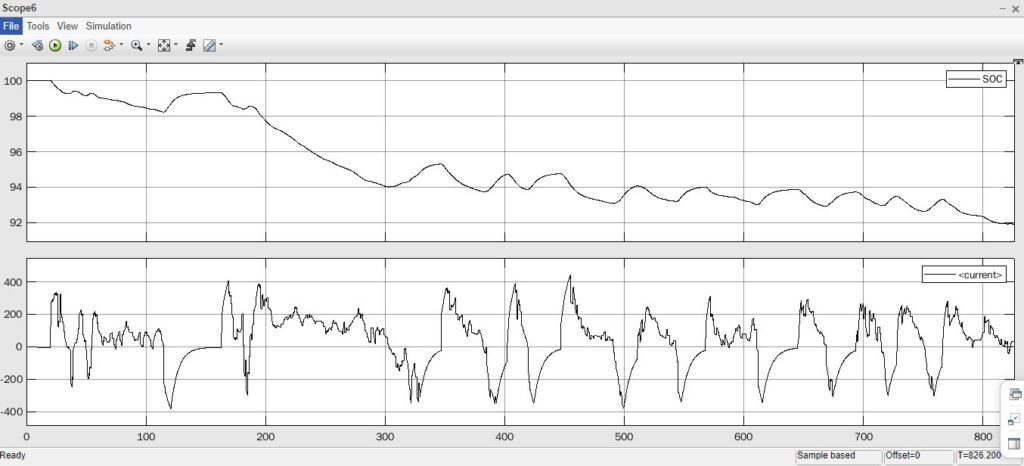
Click Here To Purchase: Ebike Dynamics, SoC Estimation, Regenerative Braking, Drive Cycle
03. Modular Cell Balancing, 3 Module, 3 Cells In Each Module
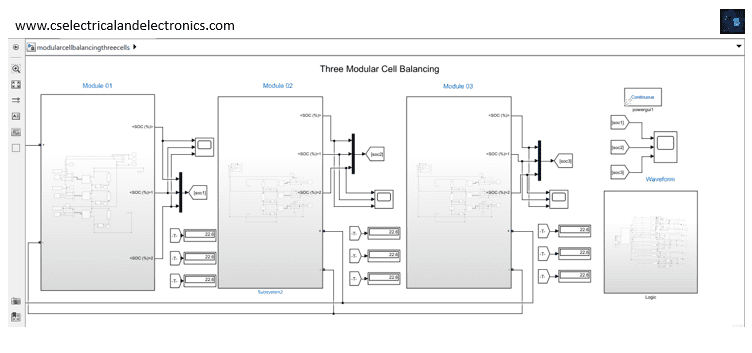
This simulation is needed when you want to balance cells in different battery packs. The above simulation consists of 3 modules and each module will have 3 cells connected in series.
Balancing is only necessary for packs that contain more than one cell in series. Parallel cells will naturally balance since they are directly connected to each other, but groups of parallel wired cells, wired in series (parallel-series wiring) must be balanced between cell groups.
Cell balancing is a technique that improves battery life by maximizing the capacity of a battery pack with multiple cells in series, ensuring that all of its energy is available for use.
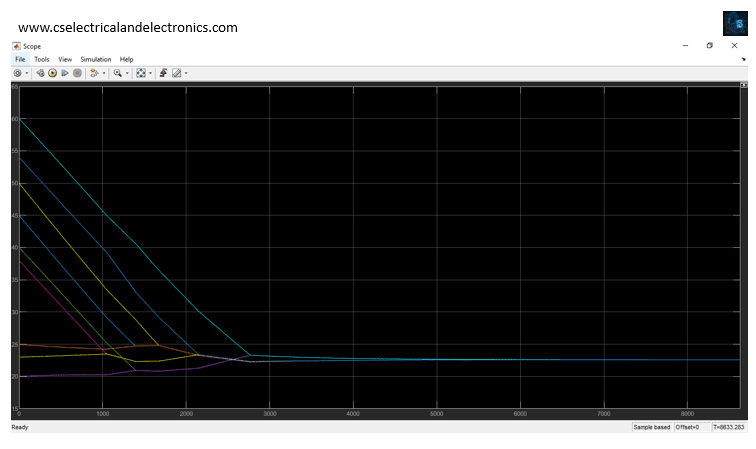
Click Here To Purchase: Modular Cell Balancing, 3 Module, 3 Cells In Each Module
02. 5 Lithium-Ion Cells Top & Bottom Cell Balancing
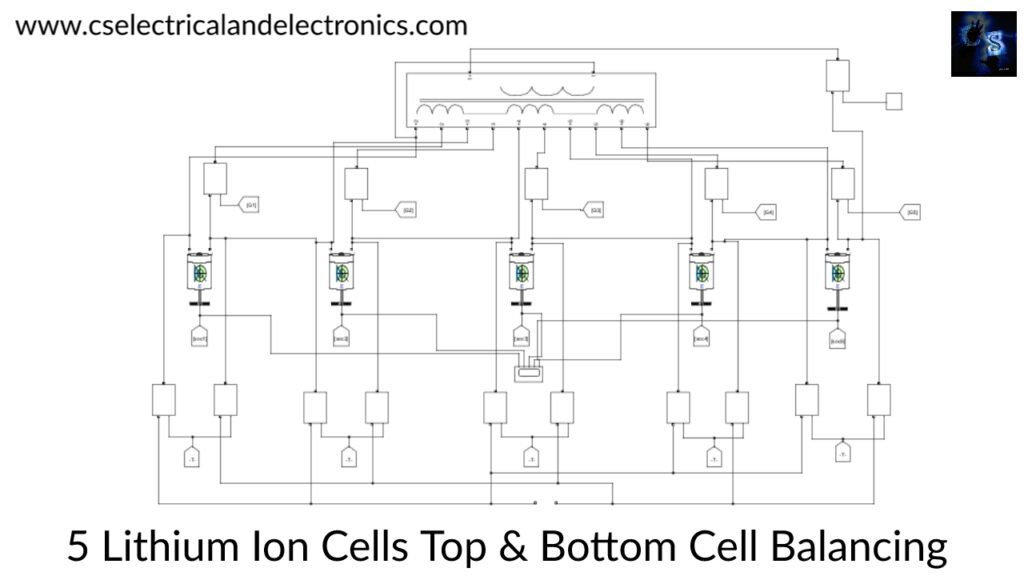
Top Balancing (Charging Mode): During charging a difference in the SoC values between B1 and the other batteries is observed, which becomes prominent when batteries are close to their CVL. It is easily noticeable that B1 has the highest SoC. To equalize the SoCs, the balancing topology transfers energy from B3 to the other batteries. As a result, batteries B2, B3, B4, and B5 are charged not only by the voltage source but also by the energy received from B3. Thus, the energy of B1 decreases. This process continues till all the batteries have the same SoC, post which the normal charging process continues.
Bottom Balancing (Discharging Mode): Similar to the charging mode, during discharging a difference in the SoC values between B1 and the other batteries is observed, which becomes prominent when batteries are close to their DVL. It is easily noticeable that B3 has the lowest SoC. To equalize the SoCs, the balancing topology transfers energy from all the batteries to B1. As a result, batteries B2, B3, B4, and B5 discharge faster. Since B1 receives energy from the battery pack, the net discharge rate is slow. Thus, the energy of batteries B2, B3, B4, and B5 decreases quicker than B1. This process continues till all the batteries have the same SoC, post which the normal discharging process continues.


Click Here To Purchase: 5 Lithium Ion Cells Top & Bottom Cell Balancing
This was about “Top 10 Battery Management System Projects In Simulink”. I hope this article “Top 10 Battery Management System Projects In Simulink” may help you all a lot. Thank you for reading.
Also, read:
- 100 + Electrical Engineering Projects For Students, Engineers
- 100+ C Programming Projects With Source Code, Coding Projects Ideas
- 1000+ Electronics Projects For Engineers, Diploma, MTech Students
- 1000+ MATLAB Simulink Projects For MTech, Engineering Students
- 500+ Embedded System Projects For Engineer, Diploma, MTech, PhD
- 500+ Matlab Simulink Projects Ideas For Engineers, MTech, Diploma
- 500+ Projects For Diploma Electrical, Electronics Student, Diploma Project
- AI And ML Projects For Electronics Engineers

